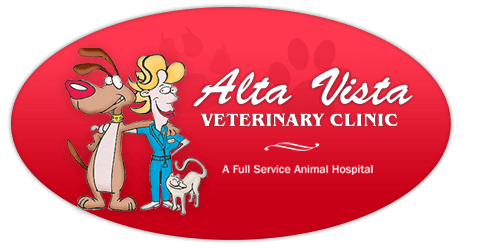4 Things Cat Owners Should Know About Hairballs
Pet owners often feel alarmed when an animal suddenly or repeatedly vomits. However, while vomiting in cats can signal an acute or chronic health problem, it more commonly occurs (usually without ill effects) due to the production of hairballs in the digestive tract.
If you have recently entered the world of cat ownership, you may find yourself unfamiliar with this unpleasant by-product of normal cat grooming practices. Learn four things about hairball causes, symptoms, and management.
1. Why Cats Vomit Hairballs
Cats ingest a great deal of hair as they groom themselves with their tongues. Because this hair consists primarily of an indigestible substance called keratin, most of it passes all the way through the digestive system intact, eventually turning up as cylindrical excrement in the litter box.
Some of the hair that your cat ingests remains in the stomach instead of moving into the intestines. Since the stomach cannot break down the keratin, it can only expel the hairball by making your cat vomit it back up. A typical cat may produce at least one hairball every couple of weeks.
2. Factors That Increase Hairball Production
Certain breeds of cats naturally produce thicker or longer coats, causing them to ingest more hair and have more trouble with hairballs. Ragdoll, Himalayan, and Persian breeds fall into this higher-risk group. However, any cat may experience an increase in hairballs during the spring months, when they start to shed thickened winter coats.
Age can play a role in a cat's hairball production. For instance, kittens' coats may not compare in length or thickness to those of adult cats, resulting in less hairball trouble. By contrast, senior cats not only have full coats to manage, but they also tend to spend more time grooming themselves than kittens do.
Some cats spend more time than they should on grooming in response to skin irritation. Mites, fleas, food allergies, and skin diseases or injuries can produce such irritation. Other cats may have an obsessive-compulsive behavioral disorder that causes obsessive grooming and hairball production.
3. Hairball Symptoms
Some cats may vocalize just before vomiting up a hairball. All cats will make retching, gagging motions, and sounds as the hairball actually comes up. You may see a small amount of greenish bile next to the hairball.
Pay attention to any repeated retching, gagging, or vomiting that doesn't produce hairballs. These symptoms may indicate that a hairball has gotten lodged in the digestive tract, or it may occur due to some other potentially-serious health issue. Lethargy, constipation, or diarrhea may also signal that your cat needs veterinary attention.
4. Strategies for Treating and Managing Hairballs
If your veterinarian suspects that your cat suffers from a hairball-related related digestive blockage, Xrays and other diagnostic techniques can either locate the offending hairball or determine whether another ailment causes your cat's symptoms. Your cat may need intensive treatment with laxatives or, in extreme cases, surgical hairball removal.
A diagnostic examination may reveal an underlying skin ailment or irritation that requires treatment. Once your veterinarian has successfully treated this problem, your cat may indulge in less grooming. This professional can also recommend remedies to help manage obsessive-compulsive grooming behaviors.
Even if you have a long-haired cat, you can take certain preventative measures to reduce its hairball production. Have your cat professionally groomed and/or brush it regularly at home to remove loose hair that might otherwise get ingested. Ask your veterinarian about shampoos or other hair products that might reduce shedding.
Cats with chronic or recurring hairball problems may benefit from high-fiber dietary formulas or medications that help the hairballs pass through the digestive system more easily, preventing dangerous blockages. However, you should consult your veterinarian for specific recommendations before feeding your cat these kinds of products.
Alta Vista Veterinary Clinic can provide you with advice and strategies for more effective hairball management, as well as the diagnosis and treatment of many other feline vomiting issues. Contact our office to schedule an evaluation or consultation.








